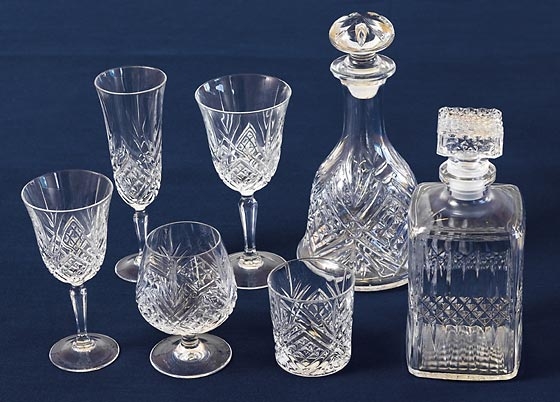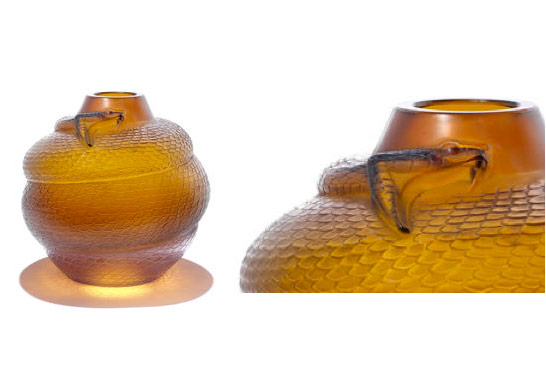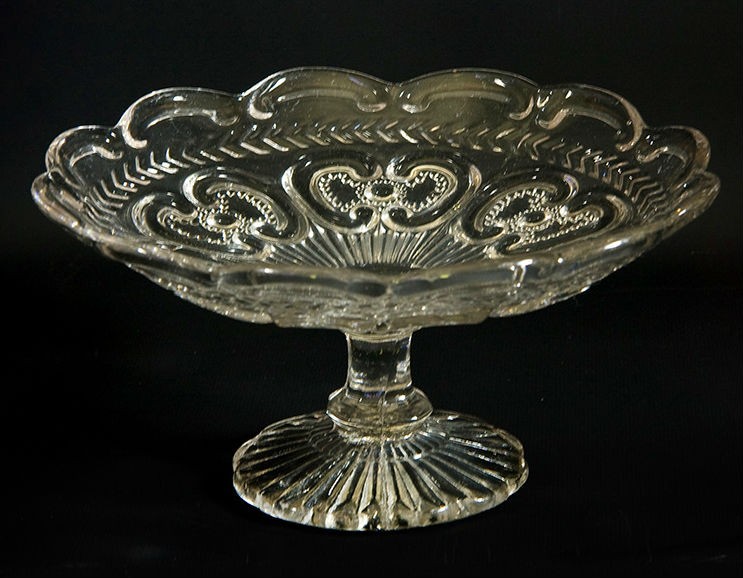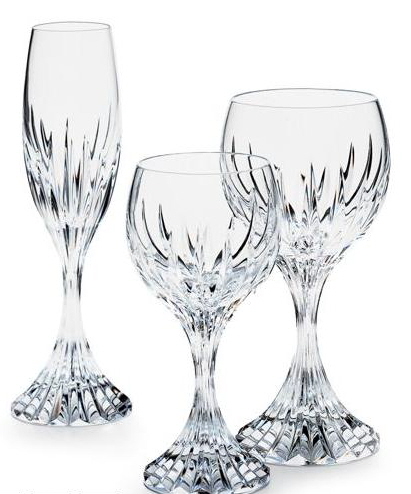No one knows exactly when or where glass was first made. Glass appears to have been produced as far back as the second millennium BC by the Egyptians & perhaps the Phoenicians. Yet evidently it originated in Mesopotamia, where pieces of well made glass have been found, believed to date from the third millennium BC.
Glass was a lot less common back then than it is today. It was very precious, and in the Bible glass has been compared to gold. (Job 28:17)
The art of glass making eventually reached Egypt. The Egyptians used a method called core-forming. A shaped core was made of clay and dung, then molten glass was wrapped around it and shaped by rolling it on a smooth surface.
It was very much later, around the end of the 1st century BC, that a new method, glass blowing would revolutionize glass production. This art was probably discovered along the Eastern Mediterranean coast, probably in Syria. By blowing through a hollow tube, the experienced glassblower can quickly produce intricate and symmetrical shapes out of the “gather” of molten glass at the end of his tube (rod). Alternatively, he can blow the molten glass into a mould.
The glassblowing innovation, along with the backing of the powerful Roman Empire, made glass products more accessible to the common people. As the size of the Roman Empire increased, the art of glass making spread spread to many countries.
Glass Making in Europe.
After the decline of the Roman Empire in the 4th & 5th centuries AD, the craft of glass making waned in Europe. The industry continued to thrive in Iran, Iraq & Egypt.
In Europe, there was a limited revival of glass making in the early 12th Century, with the development of stained glass windows for cathedrals & monasteries.
A flourishing glass industry did not develop in Europe until the end of the 13th Century, when Venice became a major glass making centre. They may have picked up their glass making techniques through their contacts with the near East countries during the Crusades. The Venetian provided the link between the ancient & modern glass making arts. Venetian glass was noted for its brilliance & for its light, imaginative forms.
By the 15th Century, Venice had become the major producer of glassware in Europe. So highly esteemed were the Venetian glass makers, that they were forbidden to leave the Island of Murano, lest their precious trade secrets be imparted to others.
However, it was to be another 2 centuries later that in 1676, an Englishman named George Ravenscroft made a discovery, that by adding lead to the glass that a far more brilliant sparkle was achieved.
The Discovery of Lead Crystal
The raw materials for making glass consist mainly of silica (sand). To melt the sand to make glass, the furnace has to reach a temperature of approximately 3,600°F (1,982°C). Because of the presence of iron in sand, glass with a greenish color mostly results.
In 1676, an Englishman named George Ravenscroft discovered that by adding lead oxide to the glass composition, a far more brilliant, sparkling glass could be produced than had ever been made before. Lead crystal has now been born.
Besides the highly refractive appearance of lead crystal, this newly discovered glass was also much softer than regular glass, due to the properties of lead. This new softness made it easier to cut.
The maximum lead content is 33%. However, 33% lead crystal requires a lot of skill in forming a shape at the blowing stage. So, lesser percentage lead content is often used, although the same sparkle is not achieved.




















